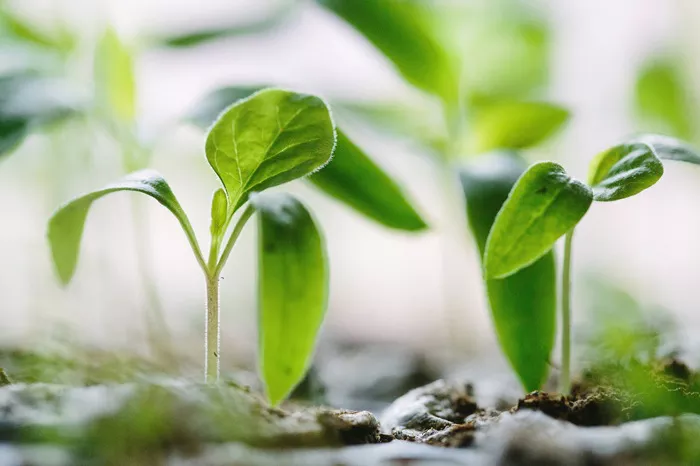In a quiet temperate montane forest in southern Québec, significant changes are happening beneath the surface. Dr. Julie Messier, a plant ecologist from Waterloo, is working with her colleagues from Sherbrooke to uncover key insights into how these forests are transforming. Their research aims to safeguard Canada’s temperate forests as global changes accelerate.
The foundation of Messier’s study comes from earlier research conducted in 1970 and 2012. This prior work revealed that some plant species were thriving while others were in decline. However, the reasons behind these shifts were unclear.
“Environmental conditions can shift due to various factors, many linked to climate change and air pollution,” Messier explained. “This forest has experienced a 1.5°C rise in temperature and significant atmospheric nitrogen deposition since the initial study. These are substantial changes for any ecosystem. In response, some species have increased in abundance, while others have declined.”
Messier and her team aimed to build on this data by addressing two key questions: how had the traits of the forest’s plant community evolved, and could certain traits predict changes in species elevation and abundance? “We wanted to test if specific traits allowed certain species to thrive, which might help us predict future changes,” Messier said.
To explore this, the team focused on the understory layer of the forest, the most diverse section of a temperate forest. They analyzed 46 species of vascular plants, measuring six above-ground traits for all and five below-ground traits for 36 of those species. The results revealed that while the traits of lower-elevation communities remained stable from 1970 to 2012, the traits of high-elevation communities in 2012 had begun to resemble those of lower elevations.
“As species from lower elevations moved uphill to find better climate conditions—sometimes by hundreds of feet—the trait composition of the high and low-elevation communities became more similar. This created a trait homogenization,” Messier said. “This finding raises important questions about how the lower-elevation communities will adapt, or whether they can adjust at all.”
The species that shifted the most in elevation shared two key traits: shallow root depth and a high leaf mass fraction (the proportion of aboveground biomass dedicated to leaves). Additionally, the species that became more abundant on the mountain tended to have less extensive associations with mycorrhizal fungi, which are typically beneficial to plants.
“These findings are intriguing,” Messier noted. “While mycorrhizal fungi usually help plants by aiding nutrient absorption, especially when soil nutrients are scarce, there may be a downside. Over the last 40 years, the soil has become richer in nutrients, potentially turning this relationship into a net cost for plants. If so, species that depend heavily on the fungi might struggle more.”
Messier also speculated that changing climate conditions could be impacting the fungi themselves. “Alternatively, drier conditions could be harming the fungi, which in turn could hurt the species that rely on them. More research is needed to determine which of these explanations is correct.”
The team’s findings were recently published in the journal Ecology in a paper titled “Root and Biomass Allocation Traits Predict Changes in Plant Species and Communities Over Four Decades of Global Change.” However, Messier sees this paper as just the beginning. She is excited about the next steps, particularly in investigating the role of below-ground root traits.
Since much of the forest’s response to global changes seems to be happening underground, Messier believes that studying root traits closely will provide the answers they need to predict which species will thrive as global conditions continue to evolve.
“We’re eager to see where this research will take us and what it means for the future of Canada’s temperate forests,” Messier said. “Understanding what allows a forest to grow well—or not—will help us take steps to mitigate the impact of global change. This will ensure that future generations can continue to enjoy these beautiful forests.”


